
Evaluating the Roses

About two years ago in the Poetry Garden, we began the creation of a rose garden. Unlike many rose gardens, our garden is not treated with chemicals and the roses are left to fend off diseases on their own. Unfortunately, but as we anticipated, not all roses will rise to the challenge and some will succumb to the various fungal diseases that plague them. Instead of letting the roses that are not as fit and ornamental as others remain in the garden, seasonal evaluations are performed to determine which roses will be removed so new, more promising roses can be tried instead.
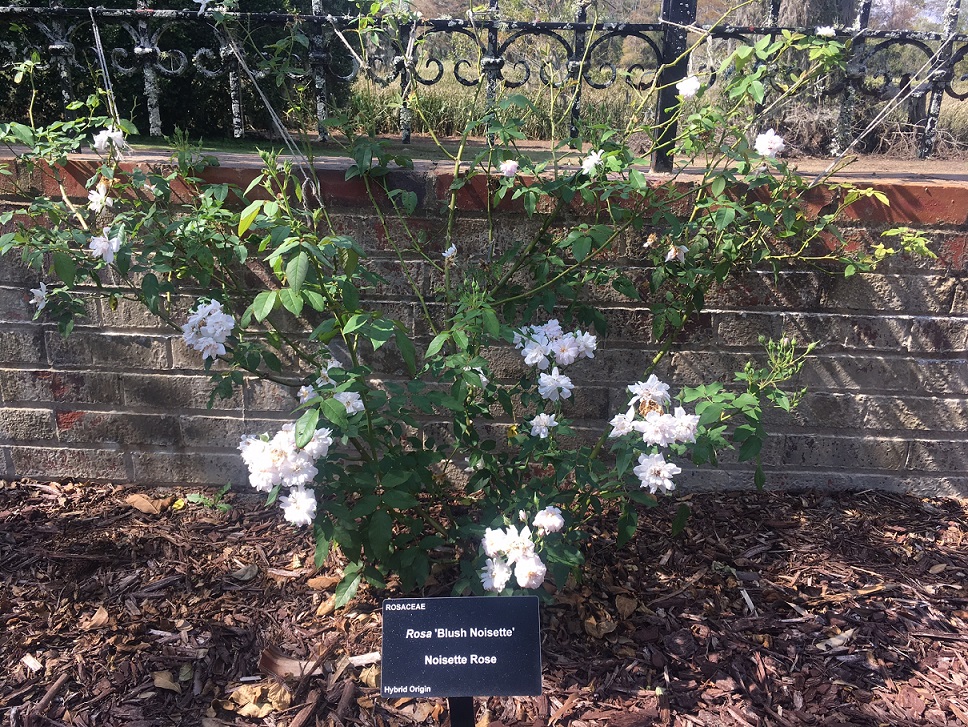
We evaluate our roses so we can assign a numerical value to them. By doing so, we are able to easily identify how well a rose is performing, much like a test in school does for a student. Reviewing the scores and seeing which roses score the highest, and which score the lowest, we are able to readily see which roses need to be considered for replacement with a new variety.
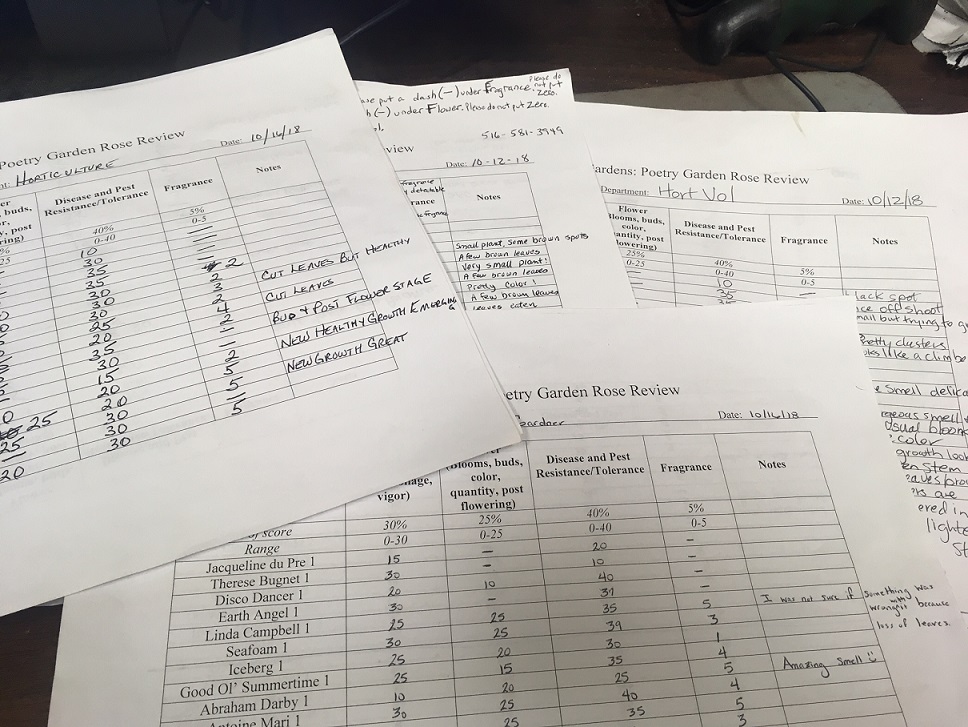
Modeled after the World Federation of Rose Societies’ International Rose Trials, our evaluations share the same categories, but the ranking scale varies. The four categories we evaluate for are the general impression of the plant, its flower (including buds and hips, or fruit), its disease resistance, and its fragrance. In our rose garden, disease resistance is paramount and is therefore weighed heavier in the judging. If a rose cannot remain healthy enough to fend off disease and retain its leaves, it generally cannot remain healthy enough to flower and flourish.
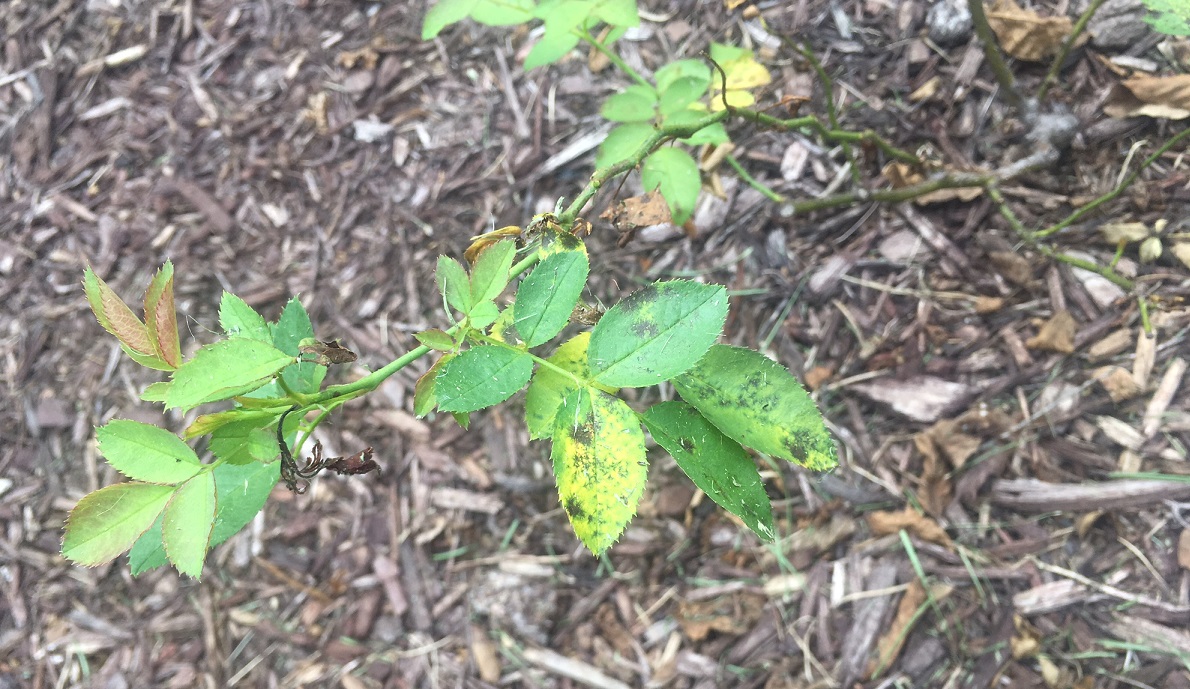
When looking for disease, my general rule of thumb is to identify how healthy the leaves look. Although disease can manifest practically anywhere on a plant, the most readily identified, and generally one of the most common, is on the leaves. When I ask volunteers and staff to participate in the evaluations, I encourage them to look for any spotting or irregularity on the leaves, and if there seems to be a considerable amount of leaves missing. This can be a sign of disease on the plants. A common disease we face here is Black Spot (Diplocarpon rosae), pictured above.
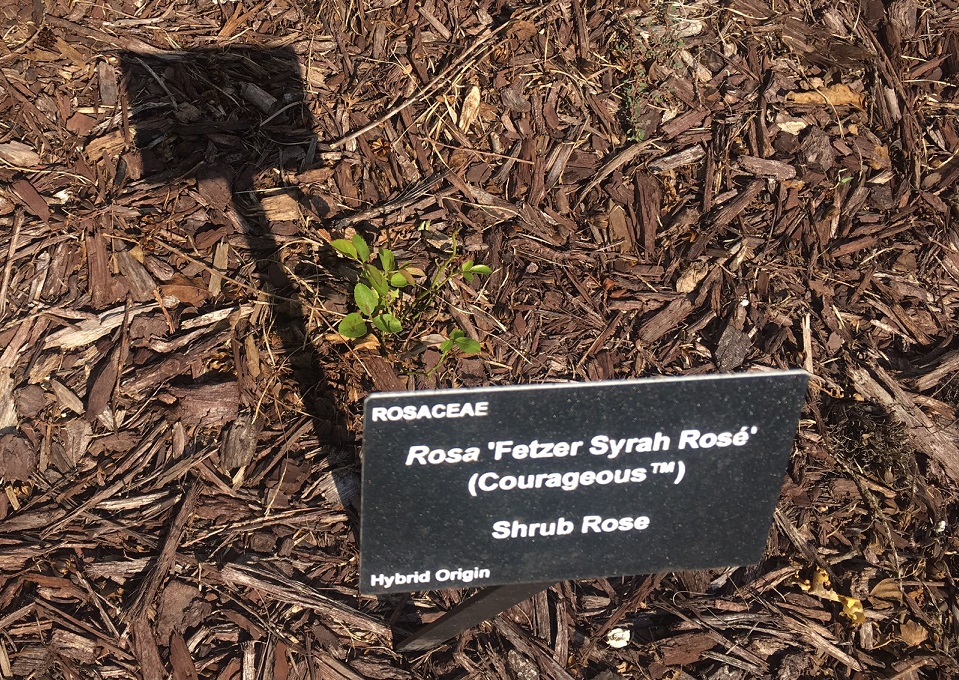
Although the roses are evaluated seasonally (four times a year), no roses are removed until they have been in the garden for at least two years. Roses can take two to three years to establish their resistance to diseases, so we do not want to pull any too fast. If after two years, the roses score below a certain total number, they will be pulled so a new rose can be tried. If after three years, the roses do not meet another, higher score, they will be pulled in order to try another rose variety. As evidenced above, not all roses share the same vigor.
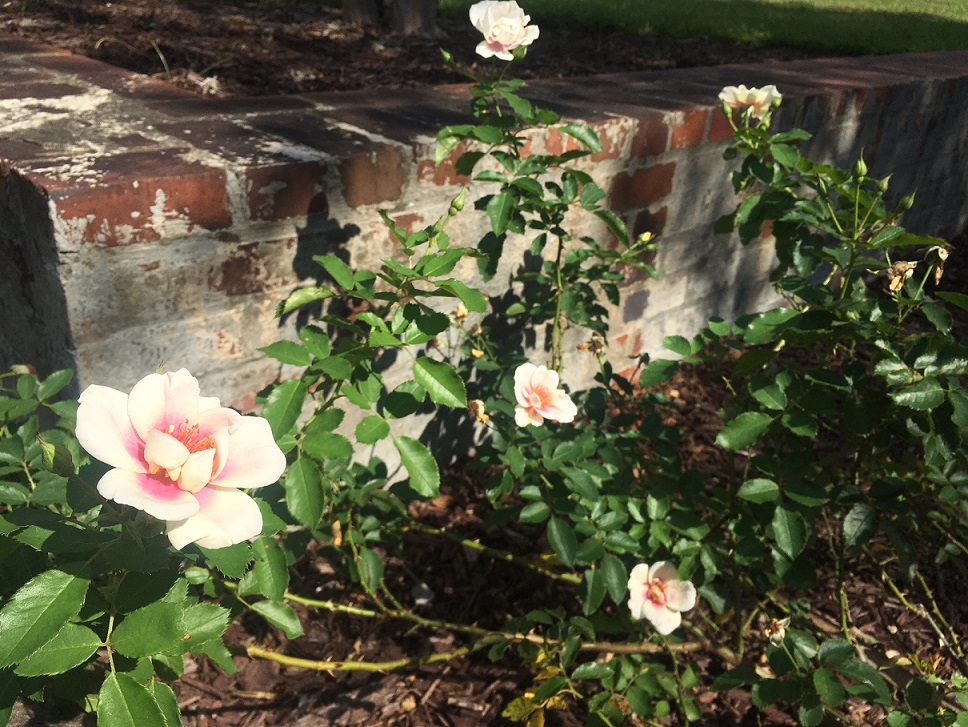
While some roses may flourish in one part of the country, they may not necessarily perform as well in another. In our humid South, we tend to have more problems with fungal diseases that enjoy our moist air, while places with less humidity do not share the same problems. Bringing roses into the gardens here at Brookgreen has been an exciting process and one that will hopefully let us know what we, both in the Gardens and in the home garden, can grow successfully, without the use of chemicals.
If you have not yet stopped by to see our rose garden, please visit the Poetry Garden on your next trip. The roses are still growing, and the garden will continue to change with the years and the valuable information we collect from our evaluations. If you see a rose thriving in our garden, you may want to consider it for a new addition to your garden too!
See you in the gardens!
Hours
Hours: Monday & Tuesday 9:30 AM - 5:00 PM
Wednesday - Sunday 4:00 PM - 9:00 PM
For daytime admission, gates close at 4:30 PM. For their safety and the safety of our animal collection, pets are not allowed, nor can they be left in vehicles inside Brookgreen. Service animals that have received special training to assist disabled persons are welcome.
Tickets
Daily General Admission Tickets for 7 consecutive days
Children 3 and under: Free
Children 4-12: $14
Adults 13-64: $25
Seniors 65 & Over: $23
Location
1931 Brookgreen Drive
Murrells Inlet, SC 29576
Off US Highway 17 Bypass, between Murrells Inlet and Pawleys Island on South Carolina's Hammock Coast
843-235-6000
GOOGLE DIRECTIONS